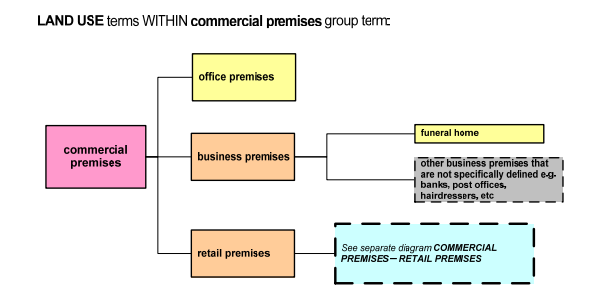Local Environmental Plan
Mosman Local Environmental Plan (LEP) 2012 commenced on 1 February 2012.
It is the principal legal document for controlling development and guiding planning decisions made by Council to facilitate new development that is compatible and appropriate with the preferred role and character of an area.
LEPs commonly control and guide proposed development using land use zones and development standards.
In addition to land use zones and development standards, LEPs include other planning provisions which set out additional planning controls or matters to consider to further guide development. For example, heritage provisions are included in LEPs to ensure heritage values are specifically considered and addressed in development assessment.
Change to Business Zones
The NSW Government is changing the name of Business zones across NSW to Employment zones. Employment zones commence within Mosman Local Environmental Plan 2012 on 26 April 2023. From 26 April 2023, a reference to a Business zone B1, B2 or B6 in a document should be taken to be a reference to an Employment zone E1 or E3.
To determine the new zone for previously zoned Business land please refer to the following extract from the Equivalent zones table:

Land Rezoning to C4 Environmental Living in effect from 27 May 2022
On Friday 27 May 2022, the NSW Government published Mosman LEP 2012 Amendment No 11 which rezoned around 2,400 properties within the Mosman Scenic Protection Area from R2 Low Density Residential to C4 Environmental Living. The change in zone is in effect from 27 May 2022. Any development applications for affected land lodged from this date must refer to the new land zoning.
The LEP Amendment No. 11 can be viewed here.
Changes to LEP endorsed by Council on 1 March 2022
At the Council Meeting on 1 March 2022, Council endorsed a number of changes to Mosman LEP 2012. These include rezoning certain land to C4 Environmental Living; amending business zone objectives; inserting wall height objectives; inserting an earthworks local provision; updating exempt development provisions for the zoo; and correcting map anomalies.
Change to Environment Zones
The NSW Government changed the name of Environment Zones across NSW to Conservation Zones. From 1 December 2021, a reference to an Environment Protection zone E1, E2, E3 or E4 in a document should be taken to be a reference to a Conservation zone C1, C2, C3 or C4.
For information on superseded Mosman LEP 1998 please contact Urban Planning – planning@mosman.nsw.gov.au
Maps
Mosman LEP 2012 contains a suite of maps that identify information supplementary to the LEP. These maps are accessible via the NSW Planning Portal.
Planning Proposals (rezoning)
Mosman LEP 2012 may be amended by a Planning Proposal. These are prepared by Council and submitted to the Department of Planning and Environment for approval to exhibit.
There are fees attached to this process:
- Pre lodgement meeting – $1,000
- Request to amend Mosman LEP 2012 – Basic $31,000
- Request to amend Mosman LEP 2012 – Standard $65,000
- Request to amend Mosman LEP 2012 – Complex $100,000
Please note – Where a request does not proceed to public exhibition half of the fee charged may be refunded with any costs associated with planning studies as part of the request being met by the applicant.
The fee structure reflects the categories of planning proposals outlined with the Local Environmental Plan Making Guideline (September 2022).
The Department maintains a tracking system for all Planning Proposals in NSW.
Understanding Land Use Terms
Mosman LEP2012, like all NSW LEPs, is drafted using the State Government’s Standard Instrument format. This includes standardised definitions and a system of group terms that includes other land use definitions that sit within that group, resulting in a complex layering of permissible uses with the zones. For example, in the Mosman E1 Local Centre zone, shops are a permissible use. The land use table in the LEP doesn’t specify “shops” separately because “commercial premises” are a permissible use. The definition of “commercial premises” includes “office premises”, “business premises” and ”retail premises”, all of which are separately defined and all of which include a number of other land use definitions. “Shops” are a type of “retail premises” and are therefore permissible.
The NSW Department of Planning & Environment produced a document explaining the definitions used in the Standard Instrument.
